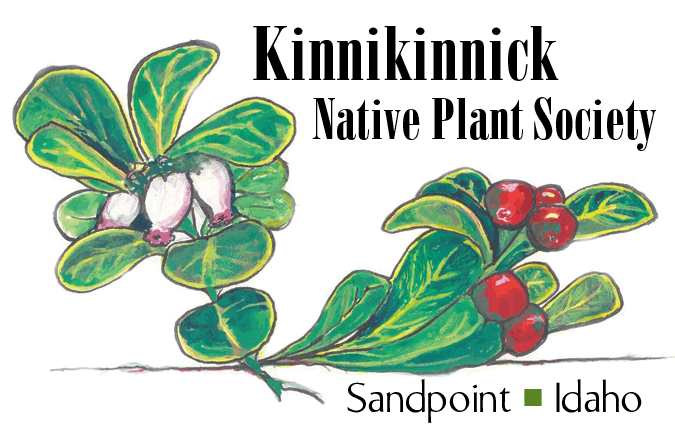Graceful Cinquefoil
(Potentilla gracilis)
Graceful Cinquefoil
Hiking in North America from Alaska to Baja and east to the Great Lakes Basin you'll surely meet Graceful Cinquefoil (Potentilla gracilis), also commonly called fivefinger cinquefoil or slender potentilla. Growing from low to mid-elevations, with its sunny yellow buttercup like flower, Cinquefoil dots landscapes in dry to moist grasslands, hillsides, forests and streambanks.
Cinquefoil blooms between May and June in the wild, producing loose clusters of few to many flowers. A member of the Rose family, Cinquefoil flowers have five heart-shaped petals with multiple yellow stamens in the center. The flowers provide nectar and pollen for many beneficial insects including honey bees, native pollinator bees and butterflies.
Named in 1830 by the Scottish botanist David Douglas of Douglas Fir fame, the genus name “gracilis” means slender. The common name Cinquefoil is French for “five leaves” which is descriptive of the leaf structure. Leaves are palmate or hand-shaped with 5-7 slender, toothed leaflets radiating from a single point at the end of the leaf stem. Stems and leaves tend to be hairy, mostly on the underside, making them whitish in color.
Cinquefoil plants reach 1-2 feet tall and are about the same in width. They can be grown easily from seed, though the seeds can be slow to germinate, and they can spread by underground rhizomes. In a landscaped garden, Cinquefoil brightens rock gardens and perennial beds. It is also a good candidate for containers on lightly shaded patios or decks. Try pairing it with Alum Root and Wild Ginger. Removing stalks that have finished blooming encourages new growth and additional blooms.
This native perennial puts on a nice display of fall color. Leaves turn shades of yellow, orange and pink. Let the last of the seed pods ripen as they make an attractive display all their own and may produce new plants for your garden. Cinquefoil has no known pests or plant diseases and the deer usually leave it alone.
With both antibiotic and astringent properties, Cinquefoil has been used medicinally for a variety of ailments. An infusion of the stems and root serves as an effective antiseptic wash for wounds and as a mouthwash for mouth sores and infected gums. The flowers are edible and can be sprinkled into salads and used in creative food displays.
Pictures and a description of Graceful Cinquefoil are found on page 142 of Landscaping with Native Plants in the Idaho Panhandle, a KNPS publication available at local bookstores and the Bonner County History Museum. Additional native plants can be viewed at the North Idaho Native Plant Arboretum, 611 S Ella St. in Sandpoint.
Native Plant Notes are created by the Kinnikinnick Native Plant Society. To learn more about KNPS and the North Idaho Native Plant Arboretum, explore www.nativeplantsociety.org.

